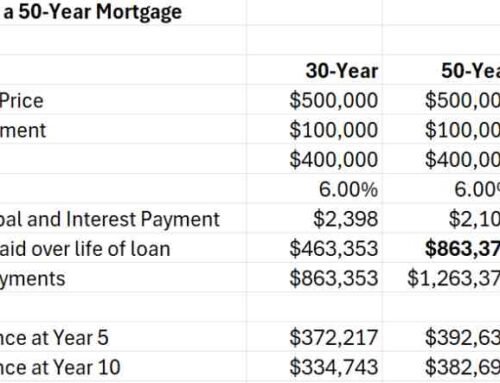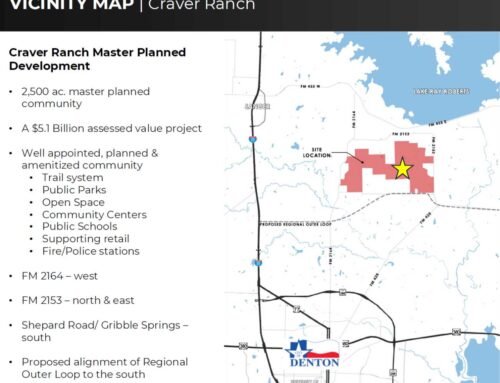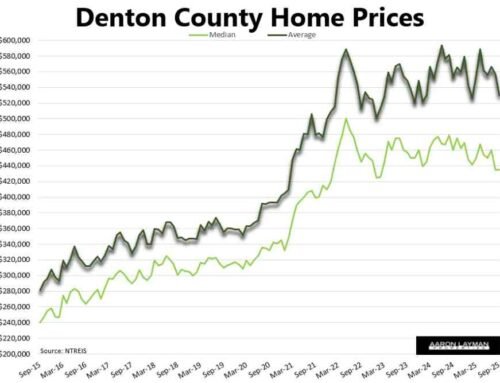The BLS February employment report was a big disappointment in terms of the number of jobs added, but Denton County continues to see solid employment growth. So far in 2019 the trend of more jobs in the area is still intact. The Dallas-Fort Worth area is still churning out jobs, and that is certainly welcome news considering the larger macroeconomic backdrop. For the time being, Denton and the DFW area are still churning out decent job numbers.
The Texas economy added 15,400 seasonally adjusted nonfarm positions in January 2019, and Texas employers added 292,000 jobs over the past year. That translates to employment growth of 2.4 percent. Unemployment in the DFW stood at 3.9 percent in January, up from 3.7 percent a year ago. While one month does not make a trend, it is worth noting that DFW economy has been showing signs of slowing in recent months. It is interesting to note that the unemployment rate in Houston dropped during the last year while Dallas-Fort Worth has cooled. This should not be surprising since DFW was growing at a rapid (unsustainable) pace during the latest boom.
Non-adjusted employment in Denton stood at 73,532 in January 2019 with the unemployment rate ticking up to 3.4 percent from last year’s 3.2 percent. Denton County employment stood at 473,039 jobs in January, an increase of 12,645 jobs year-over-year in January. The unemployment rate for Denton County also stood at 3.4 percent, up just slightly from January 2018.
Challenger Gray noted that retail and industrial layoffs increased in February 2019. This was the largest monthly layoff total since July 2015. Retail layoffs could continue in 2019 with the sluggishness in the U.S. economy. The Texas employment sector has remained resilient, but the larger economic cycle is still pointing to some challenges ahead. There are still a lot of unanswered questions as to how this cycle is going to complete. It is no coincidence that the Federal Reserve has halted future interest rate increases, and they have recently hinted at negative interest rates should circumstances get to the point where the Fed deems it necessary to support the markets.
Huge deficits and rising debt levels will continue to pose headwinds for the economy until structural changes are implemented. Employers have been willing to increase payrolls during this economic recovery, but the recovery has not been equally distributed. Wealth and income inequality is near levels not seen since the years leading up to the Great Depression. With a lack of shared prosperity and increasingly stressed U.S. consumers many companies could be looking at cost-cutting measures as we near the end of the larger economic cycle.












Leave A Comment